Artists imbue the domestic with an unsettling unfamiliarity at Hauser & Wirth
Three artists – Koak, Ding Shilun and Cece Philips – bring an uncanny subversion to the domestic environment in Hauser & Wirth’s London exhibition
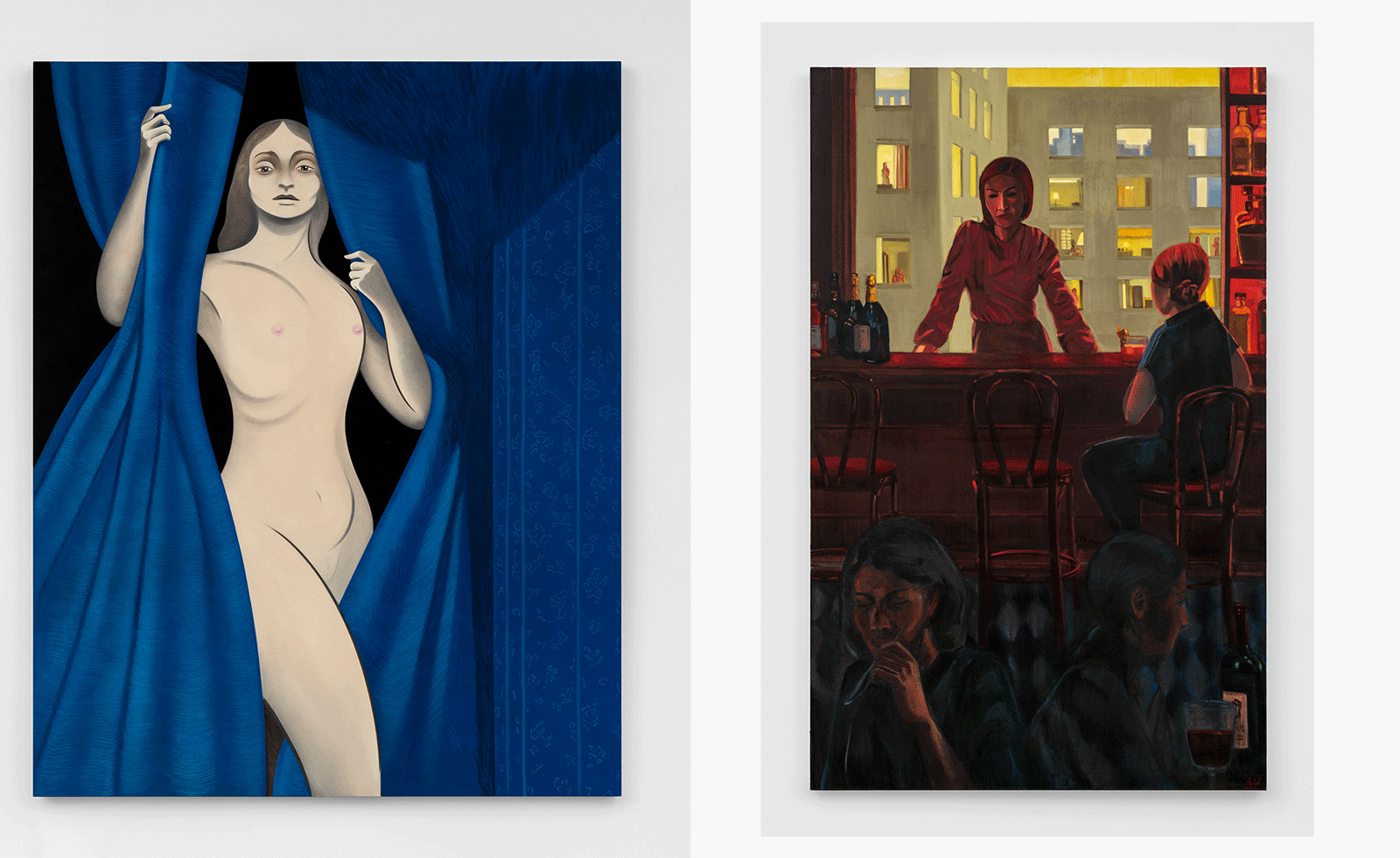
The domestic interior is a bountiful setting for painters. It can be used to reveal the private lives of its subjects, drawing rich connections with the inner world and the unconscious. ‘Interior Motives’, a new London art exhibition at Hauser & Wirth, brings together three artists – Koak, Ding Shilun and Cece Philips – to reveal dreamlike and unexpected visions of domestic space.
Koak is a US artist whose comic-inspired paintings of languid bodies are drenched in intense hues. Chinese painter Shilun expands upon everyday domestic objects to create fanciful scenes driven by his own emotional landscape. British artist Philips floods her interiors with radiant light, placing the viewer in the position of an observer. The show is part of the gallery’s ongoing programme championing artists who are not on its roster.
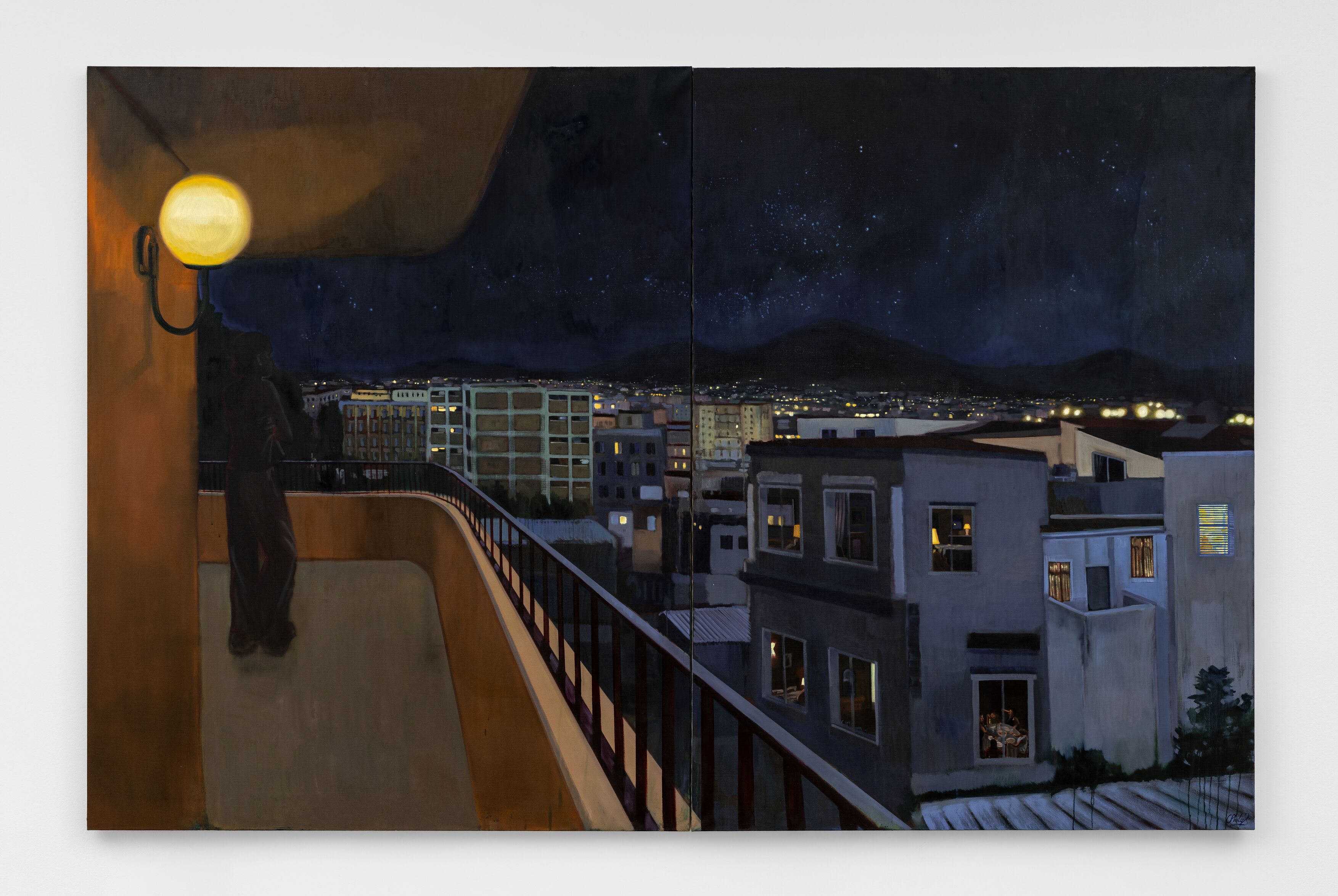
Cece Phillips, Suppertime, 2025
‘Domestic interiors are familiar to all, but the works lure you in with a false sense of security as the surreal, dreamlike elements add a sense of unfamiliarity,’ says Isabella Bornholt, the show’s organiser and associate director at the gallery. ‘Koak’s eccentric colour palette, Philips’ eerie environments, and Shilun’s fantastical elements almost suggest alternate realities. At the same time, the artists’ use of such devices highlights the surreal aspects of both daily life and the world we live in.’
Many of the works include human figures, though these too are warped and removed from a clear sense of reality. Koak’s bodies, for example, stretch and bend with a rubbery quality that transcends human physicality. Some of her characters appear transparent and spectral, the walls behind them visible through their torsos. Philips sometimes blends her figures into their surroundings, with clothes matching the palette of the walls, or whole bodies seeming to become one with the light around them. Shilun’s compositions tend to place bodies in intense contact with one another, their poses suggestive of frenzied movement, as they become tangled with the group and surrounding scene.
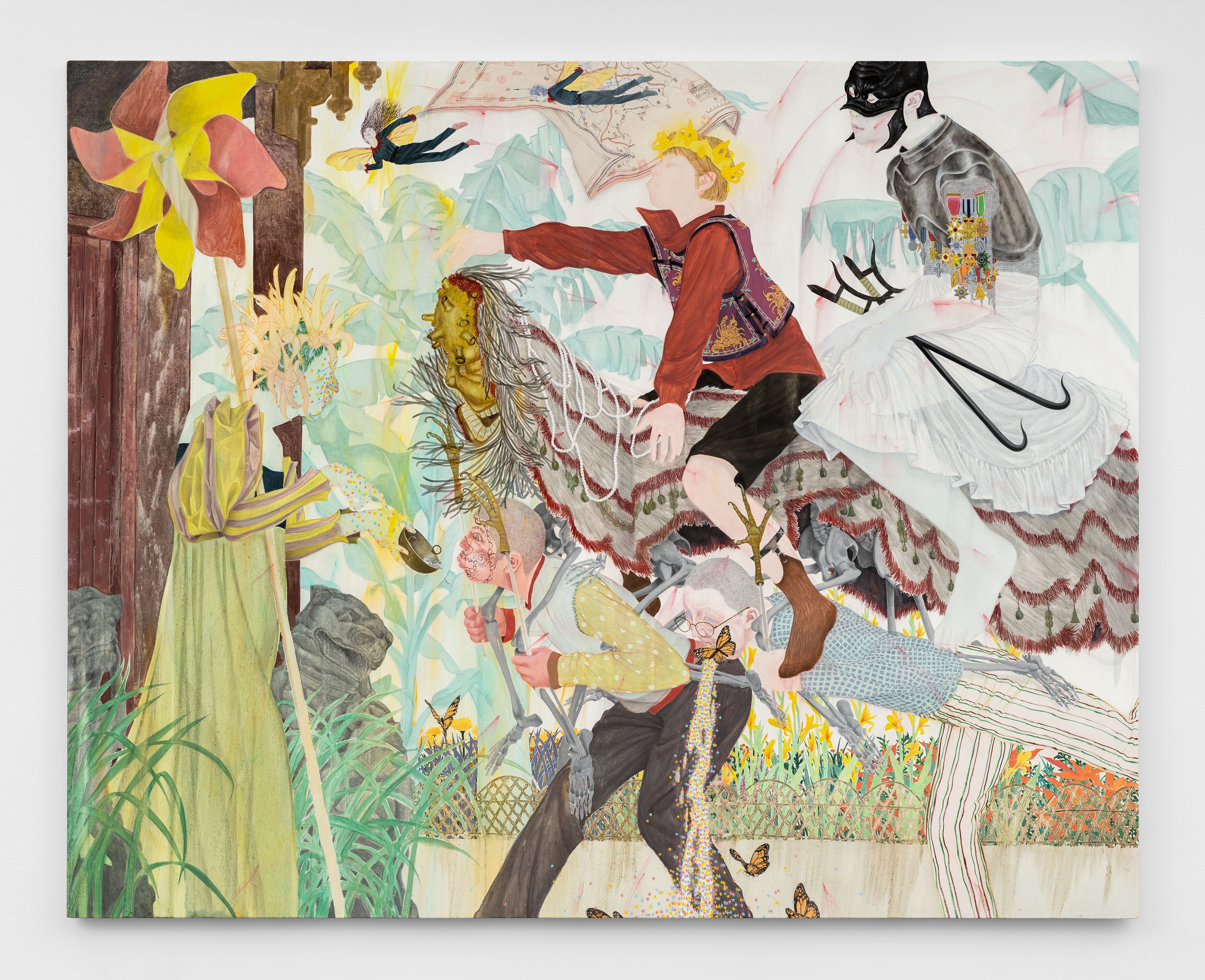
Ding Shilun, The Unbidden, 2025
‘The use of figures is really significant in connecting the physical with the psychological in the exhibition,’ says Bornholt. ‘They can stand in for the artists themselves, the viewer, entire demographics, or humanity at large, each with their own inner world. In this show, the dynamic between the figures and their environments is especially key as we are exploring the idea that the spaces that we inhabit can impact our sense of self, memory and belonging. Outer worlds shape inner worlds.’
‘To me, the exhibition touches on the importance of crafting environments, whether real or fictional, that are safe places to express yourself’
Isabella Bornholt, associate director, Hauser & Wirth
The artists are each inspired by a rich array of sources, both historical and contemporary, from Japanese manga to Dutch Golden Age painters. These reference points impact the unusual perspectives and dimensions in the works, while also combining past and present outlooks on the role and qualities of the interior. ‘Interestingly, Koak’s aesthetic shows influences from Japanese animations and Ding Shilun is inspired by manga, but both artists’ approaches feel very personal to them,’ says Bornholt. ‘It’s like the way in which homes can reflect their owners. To me, the exhibition touches on the importance of crafting environments, whether real or fictional, that are safe places to express yourself.’
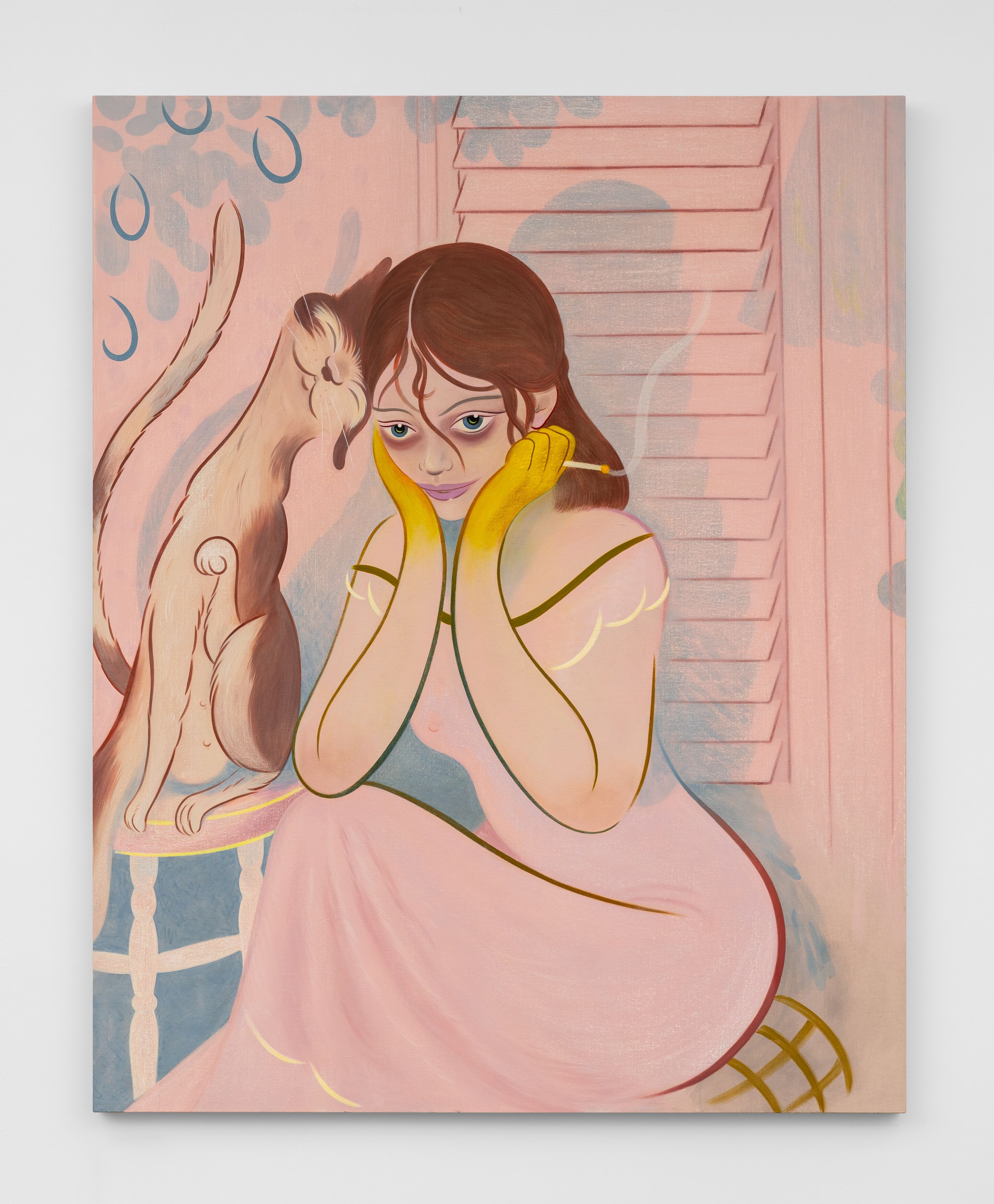
Koak, The Shut-Ins, 2025
Over the years, painting has been a particularly effective medium through which to explore the interior, whether artists create realistic depictions or more surreal interpretations which reveal the invisible forces that shape our private spaces. ‘In “Interior Motives”, Koak subverts narratives on women painted by male artists, Cece Philips invites us to fill in the gaps of what goes unsaid, and Ding Shilun draws on pop culture and personal experiences,’ says Bornholt. ‘I think painting is really effective at allowing the artists to world-build and develop narratives within the environments they depict.’
Receive our daily digest of inspiration, escapism and design stories from around the world direct to your inbox.
‘Interior Motives’ at Hauser & Wirth London until 20 September 2025, hauserwirth.com
Emily Steer is a London-based culture journalist and former editor of Elephant. She has written for titles including AnOther, BBC Culture, the Financial Times, and Frieze.
-
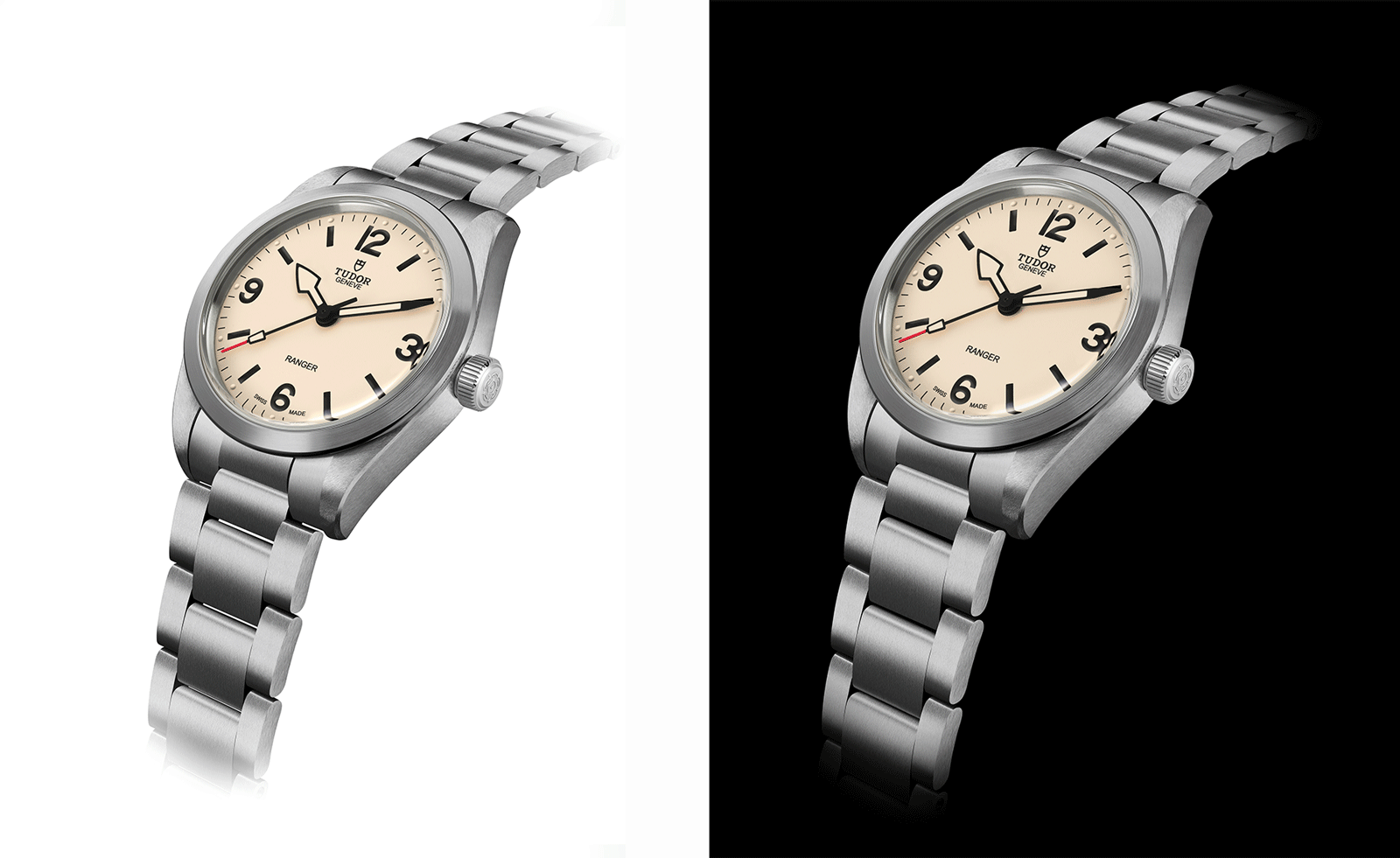 The new Tudor Ranger watches master perfectly executed simplicity
The new Tudor Ranger watches master perfectly executed simplicityThe Tudor Ranger watches look back to the 1960s for a clean and legible design
-
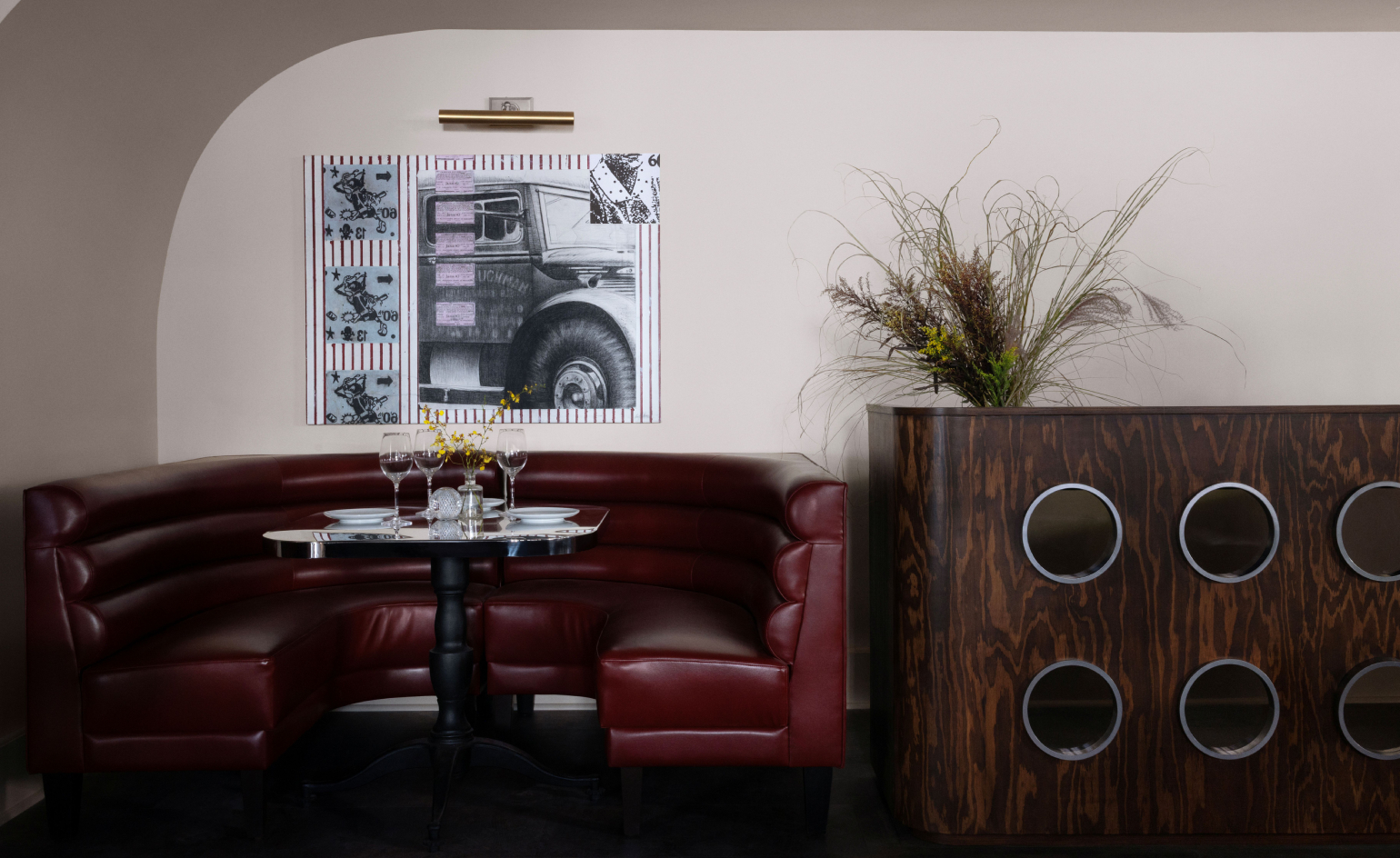 This late-night hangout brings back 1970s glam to LA’s Sunset Boulevard
This late-night hangout brings back 1970s glam to LA’s Sunset BoulevardGalerie On Sunset is primed for strong drinks, shared plates, live music, and long nights
-
 How Memphis developed from an informal gathering of restless creatives into one of design's most influential movements
How Memphis developed from an informal gathering of restless creatives into one of design's most influential movementsEverything you want to know about Memphis Design, from its history to its leading figures to the pieces to know (and buy)
-
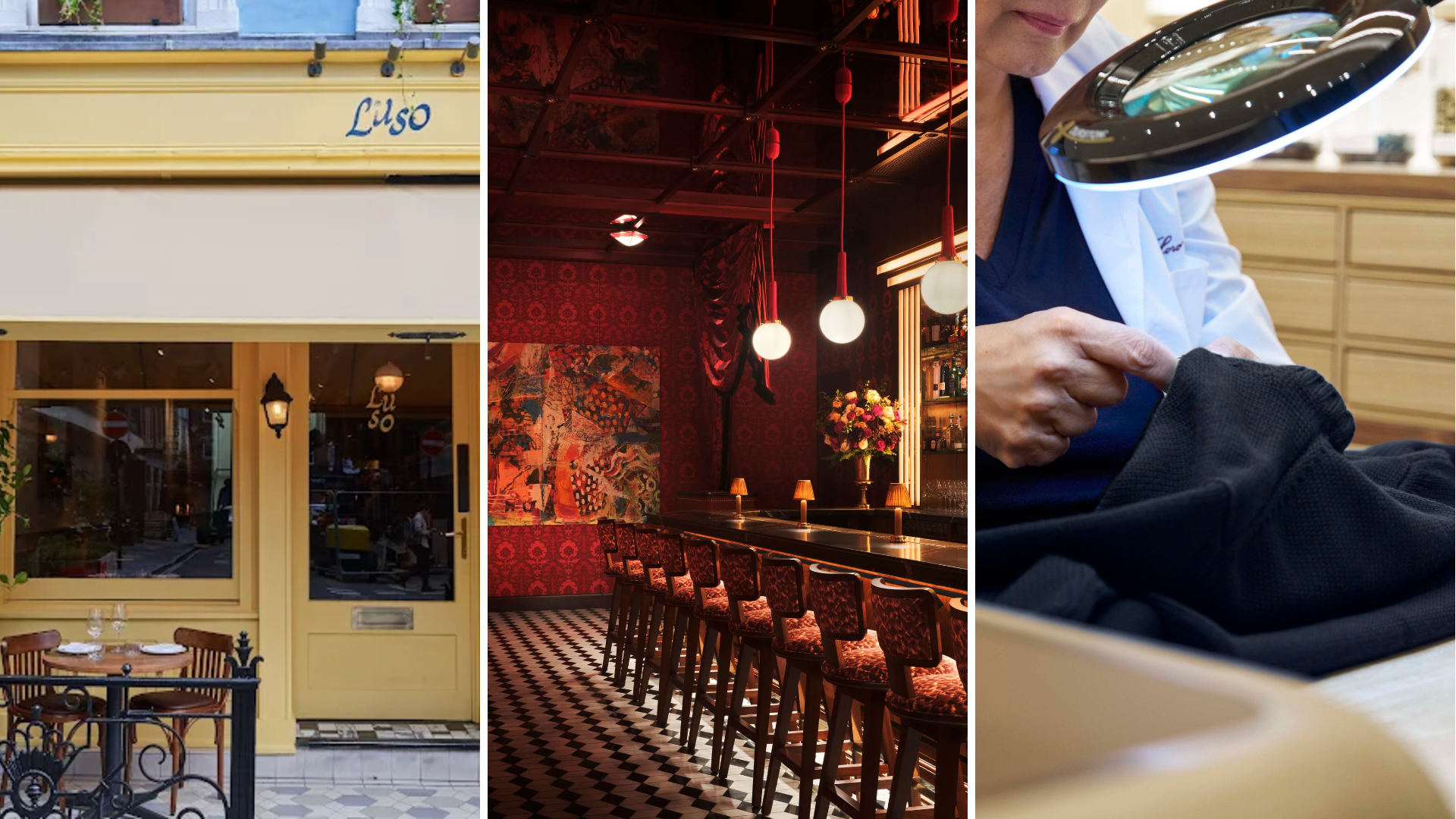 Out of office: The Wallpaper* editors’ picks of the week
Out of office: The Wallpaper* editors’ picks of the week'Tis the season for eating and drinking, and the Wallpaper* team embraced it wholeheartedly this week. Elsewhere: the best spot in Milan for clothing repairs and outdoor swimming in December
-
 Out of office: The Wallpaper* editors’ picks of the week
Out of office: The Wallpaper* editors’ picks of the weekFar from slowing down for the festive season, the Wallpaper* team is in full swing, hopping from events to openings this week. Sometimes work can feel like play – and we also had time for some festive cocktails and cinematic releases
-
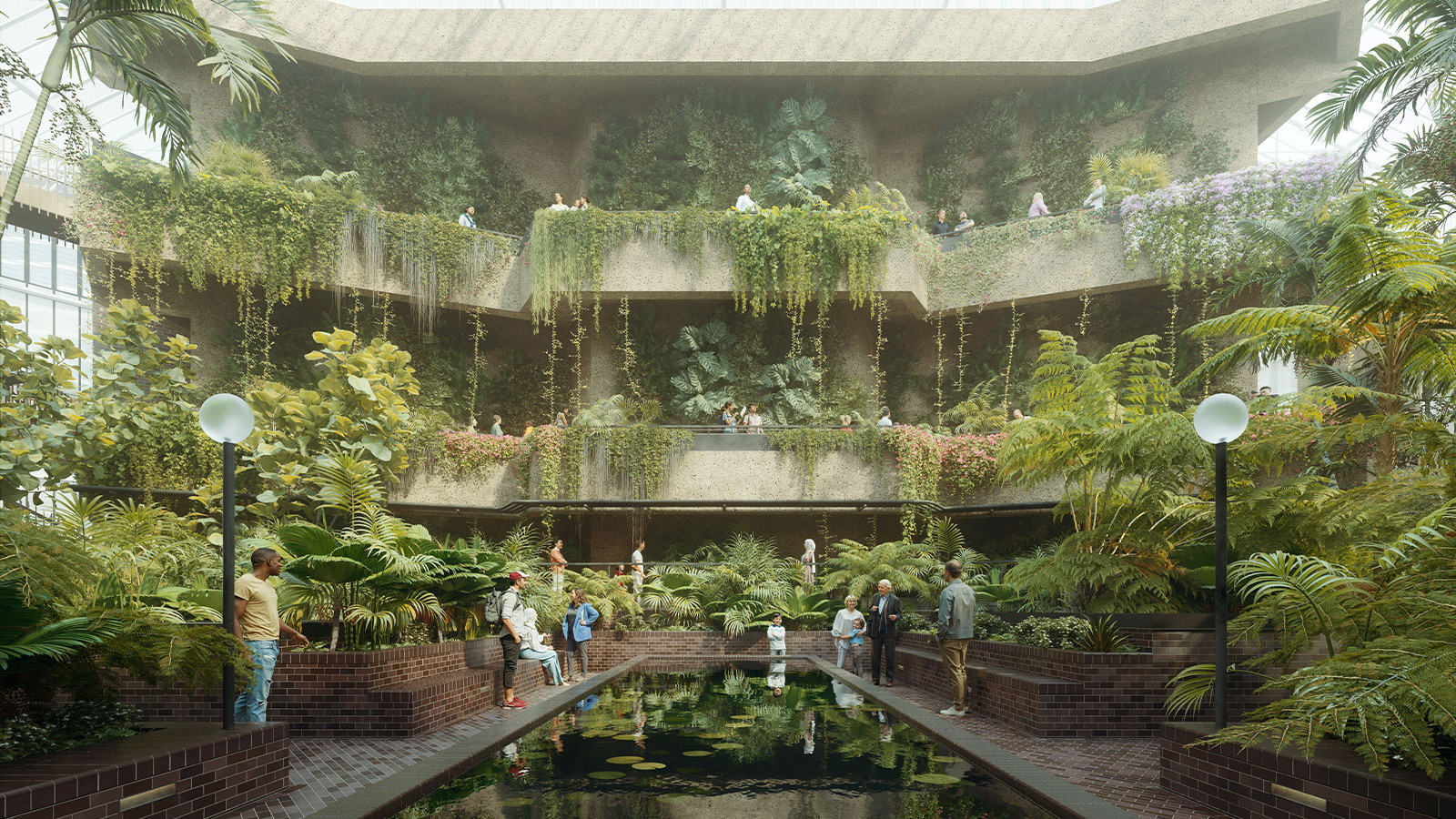 The Barbican is undergoing a huge revamp. Here’s what we know
The Barbican is undergoing a huge revamp. Here’s what we knowThe Barbican Centre is set to close in June 2028 for a year as part of a huge restoration plan to future-proof the brutalist Grade II-listed site
-
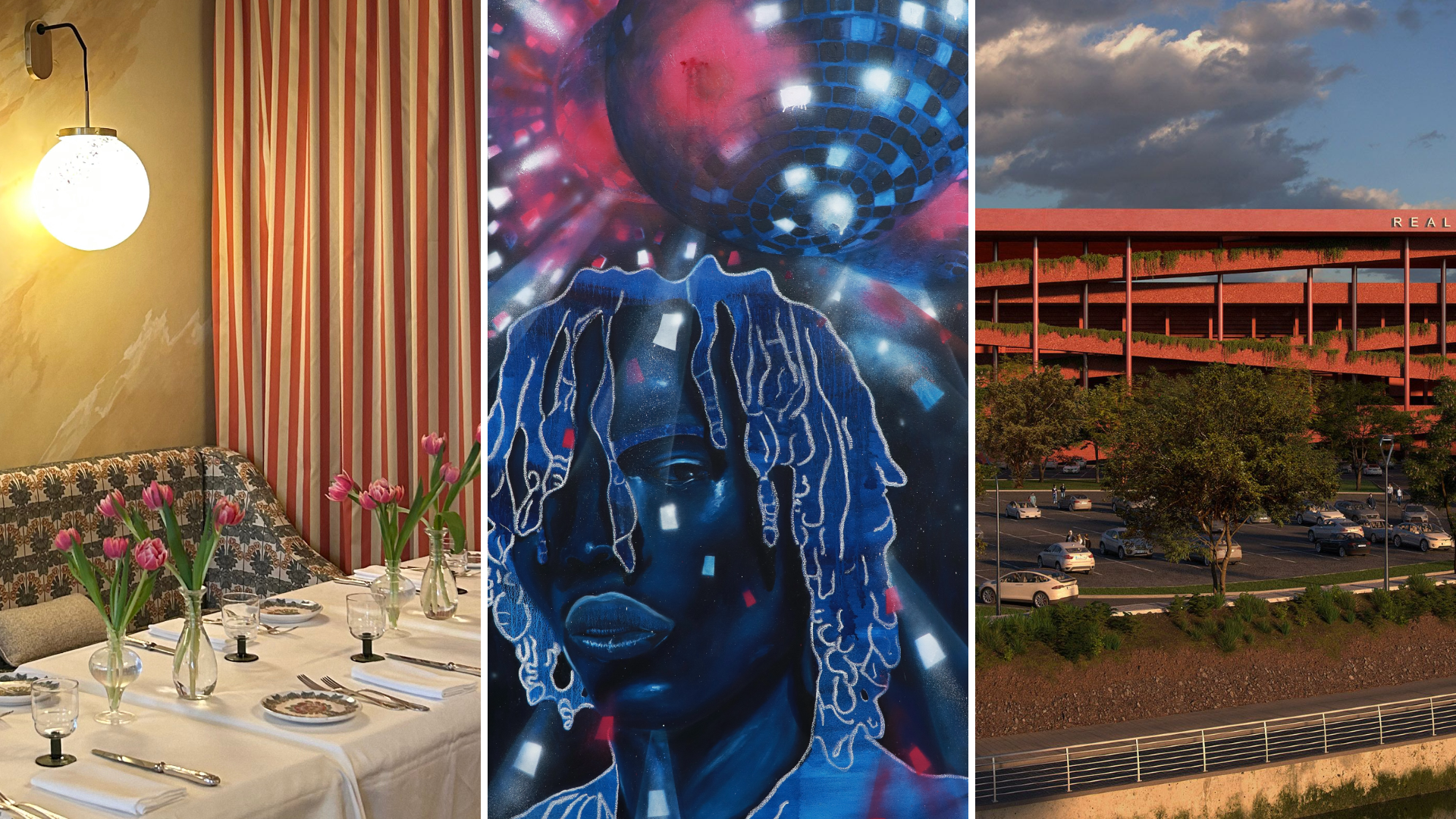 Out of office: The Wallpaper* editors’ picks of the week
Out of office: The Wallpaper* editors’ picks of the weekIt’s wet, windy and wintry and, this week, the Wallpaper* team craved moments of escape. We found it in memories of the Mediterranean, flavours of Mexico, and immersions in the worlds of music and art
-
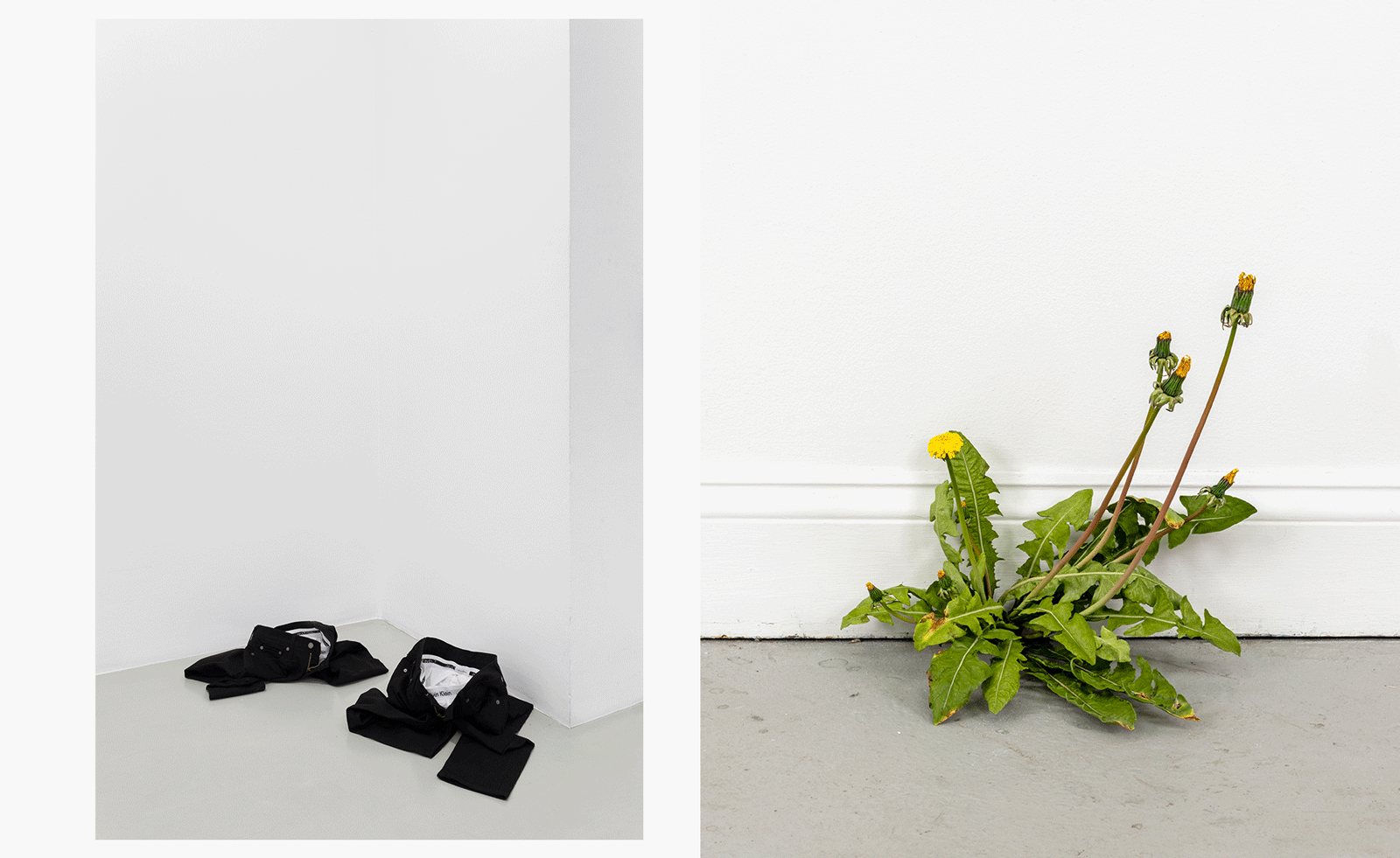 Each mundane object tells a story at Pace’s tribute to the everyday
Each mundane object tells a story at Pace’s tribute to the everydayIn a group exhibition, ‘Monument to the Unimportant’, artists give the seemingly insignificant – from discarded clothes to weeds in cracks – a longer look
-
 Out of office: The Wallpaper* editors’ picks of the week
Out of office: The Wallpaper* editors’ picks of the weekThis week, the Wallpaper* team had its finger on the pulse of architecture, interiors and fashion – while also scooping the latest on the Radiohead reunion and London’s buzziest pizza
-
 Out of office: The Wallpaper* editors’ picks of the week
Out of office: The Wallpaper* editors’ picks of the weekIt’s been a week of escapism: daydreams of Ghana sparked by lively local projects, glimpses of Tokyo on nostalgic film rolls, and a charming foray into the heart of Christmas as the festive season kicks off in earnest
-
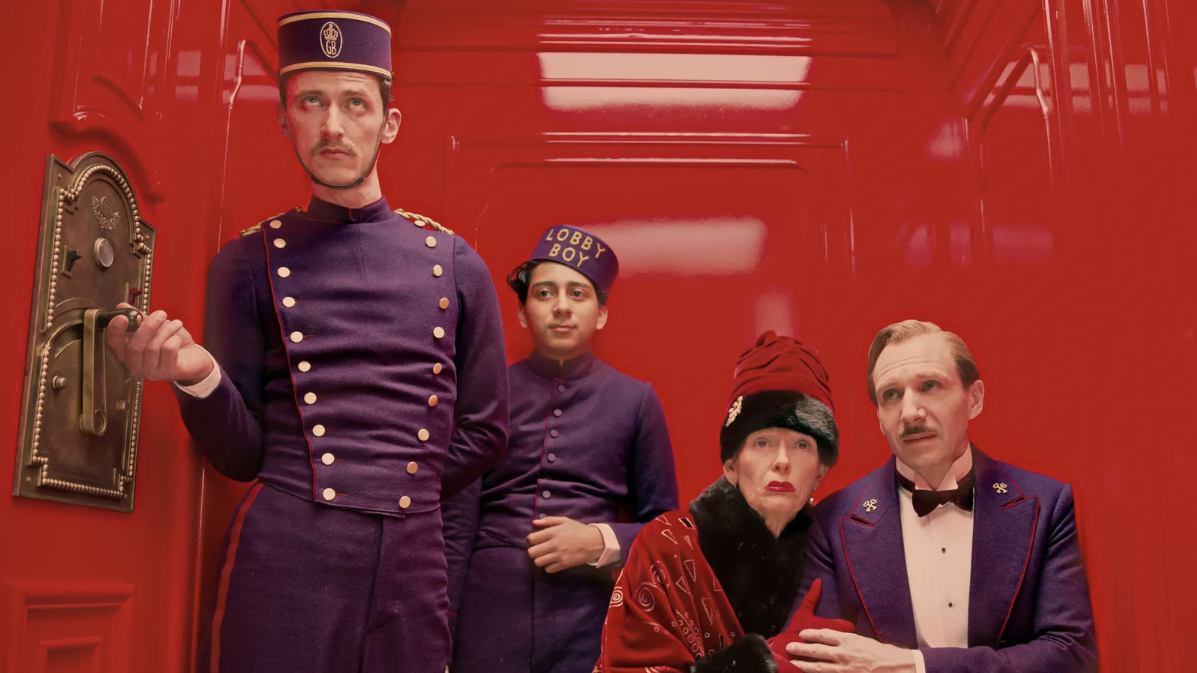 Wes Anderson at the Design Museum celebrates an obsessive attention to detail
Wes Anderson at the Design Museum celebrates an obsessive attention to detail‘Wes Anderson: The Archives’ pays tribute to the American film director’s career – expect props and puppets aplenty in this comprehensive London retrospective